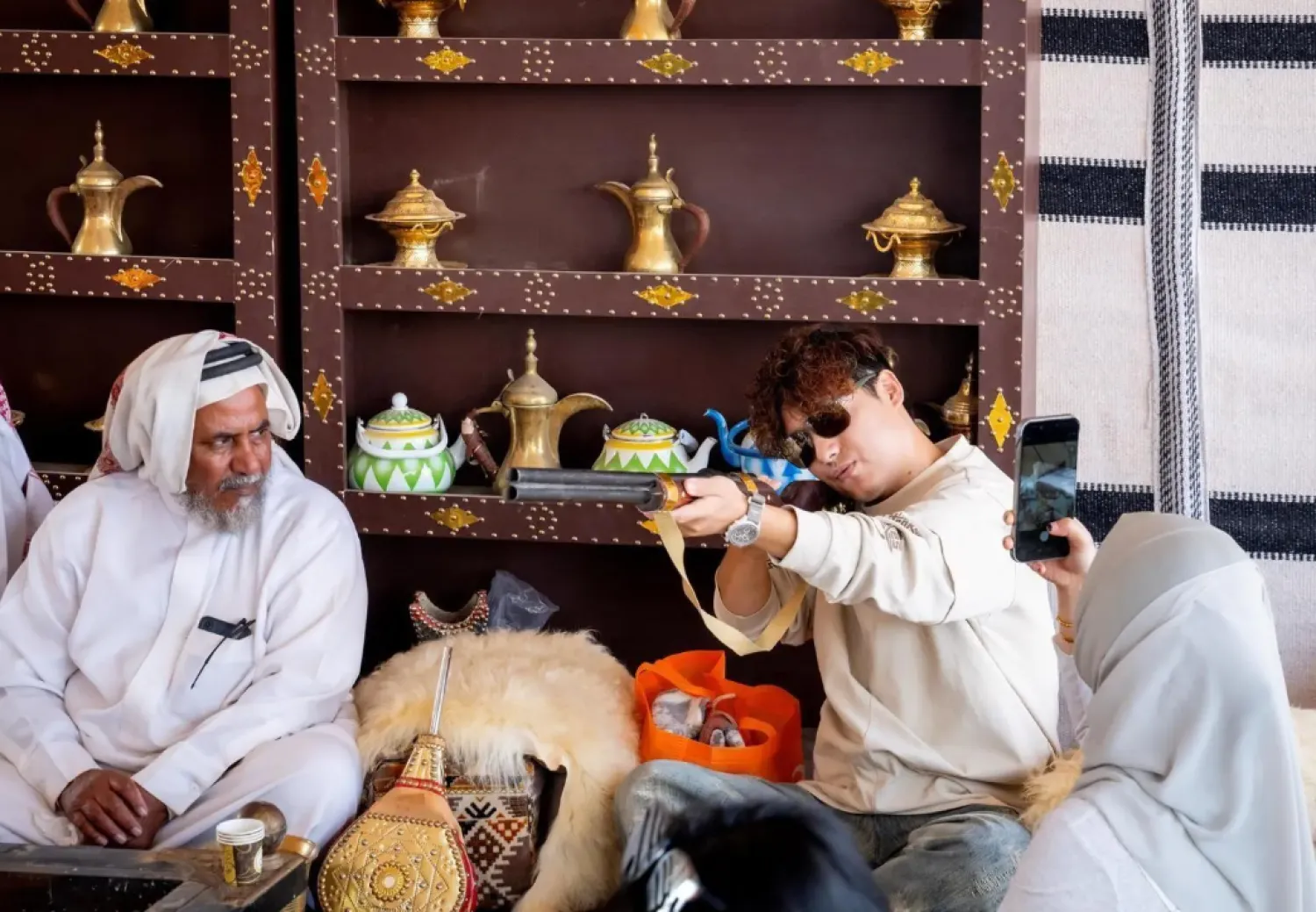Floods that killed thousands in the Libyan city of Derna also inundated one of the country's premier ancient sites, threatening its UNESCO-listed monuments with collapse, a recent visitor and a leading archaeologist said.
The immediate damage to the monuments of Cyrene, which include the second century AD Temple of Zeus, bigger than the Parthenon in Athens, is relatively minor but the water circulating around their foundations threatens future collapses, the head of the French archaeological mission in Libya, Vincent Michel, told AFP.
Settled from the Greek island of Santorini around 600 BC, Cyrene was one of the leading centers of the Classical world for nearly a millennium before being largely abandoned following a major earthquake in 365 AD.
Its name lives on in Cyrenaica, the historical name for eastern Libya.
UNESCO declared its surviving monuments a World Heritage Site in 1982. When the overthrow of longtime ruler Moammar al-Gaddafi in a NATO-backed uprising ushered in years of conflict and neglect, UNESCO added the site to its World Heritage in Danger list in 2016.
According to Claudia Gazzini, Libya specialist at the International Crisis Group think tank, who recently visited the site, much of it remains waterlogged days after the torrential rains triggered by Storm Daniel on September 10 to 11.
In places, ancient walls have collapsed, blocking the water courses that would normally drain the sprawling site, which also boasts a necropolis outside its walls as large as the city itself.
"There's a street lined by ancient walls that connects the upper and lower levels down which rainwater would normally escape but large boulders have fallen in, blocking the flow," Gazzini told AFP by telephone from Libya's main eastern city of Benghazi.
"On the lower level, there's also dirty water continuously bubbling out of the ground in the middle of the ruins," she said, adding that neither residents of the adjacent village of Shahat nor an official from local antiquities division that she met there, could tell her where it was coming from.
"If water continues to flow in and remains trapped in the site, the retaining wall could collapse, taking with it a large chunk of the ruins," she said.
Foundations weakened
French archaeologist Michel, who knows the site well having worked 10 years in another part of the area, said he had been able to analyze pictures of the monuments taken after the floods.
"For the moment, there's no major destruction at Cyrene -- the monuments are still standing," he said.
"But the torrents of water, earth and rock have created gullies in the ancient streets, particularly the Royal Road, and the main damage is still to come as the water has spread over a wide area and has weakened the foundations of the monuments.
"Since the stone in the region is of poor quality, the monuments risk falling apart due to lack of good foundations," he added.
The adjacent necropolis has been inundated by "hundreds of cubic meters of water which has shifted and submerged some of the tombs," he added.
Michel said he was also concerned about the risks of looting in the aftermath of the floods, which killed more than 3,000 people and left tens of thousands homeless.
The site in the Jebel al-Ahkdar mountains, inland from the Mediterranean coast, is normally popular with visitors for its panoramic views. But Libyans have more pressing worries after the deadly floods.
Michel said his concerns had been partially allayed by the rapid mobilization of Libya's antiquities department, which had already sought help from the Italian archaeological mission in protecting Cyrene and from the French mission he heads in protecting two nearby sites.
The aim is to "join forces with the local authorities in coordination with UNESCO to raise the main points of weakness in the monuments and record any deterioration," Michel said.
Actions should then be taken to repair the drainage of the site and shore up the monuments' foundations.









